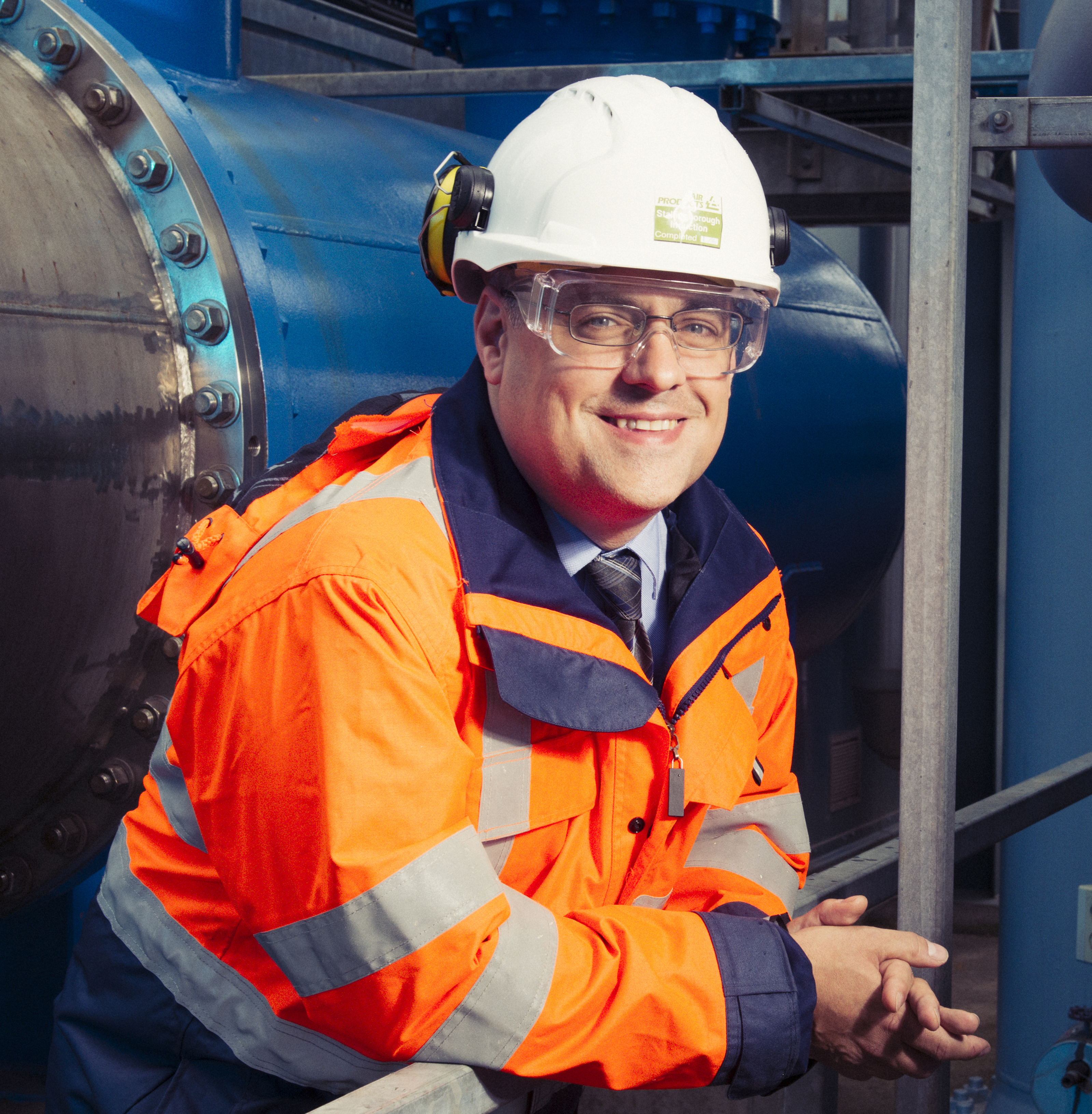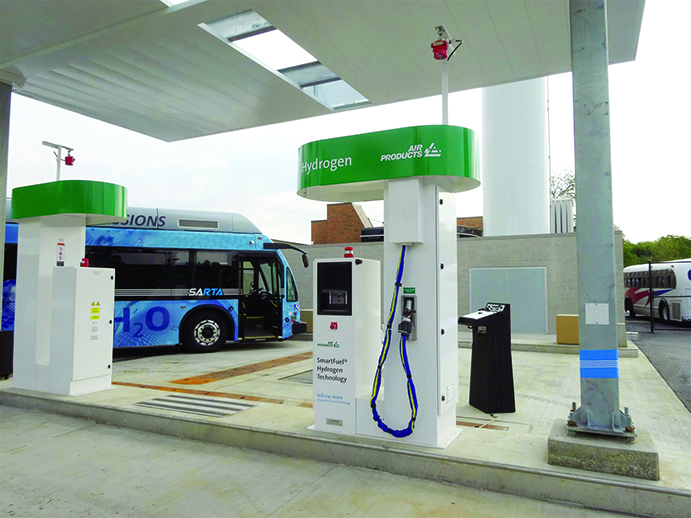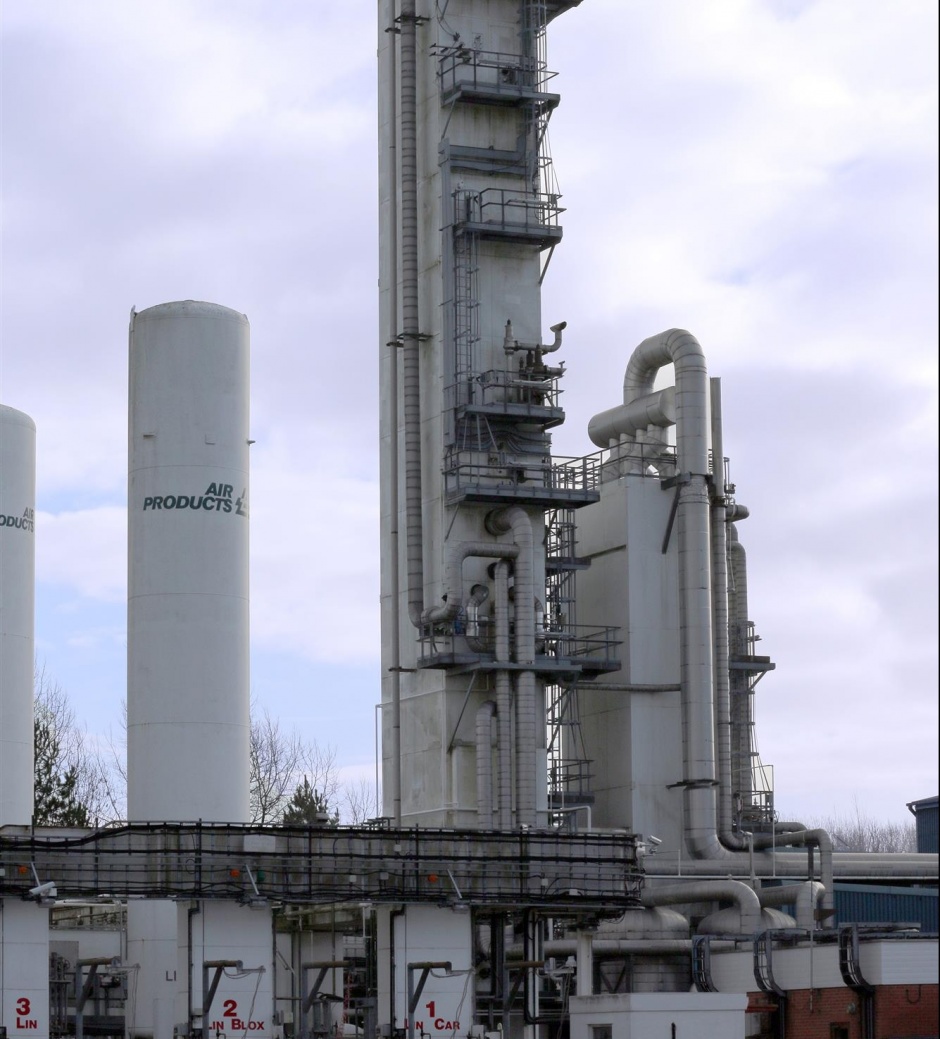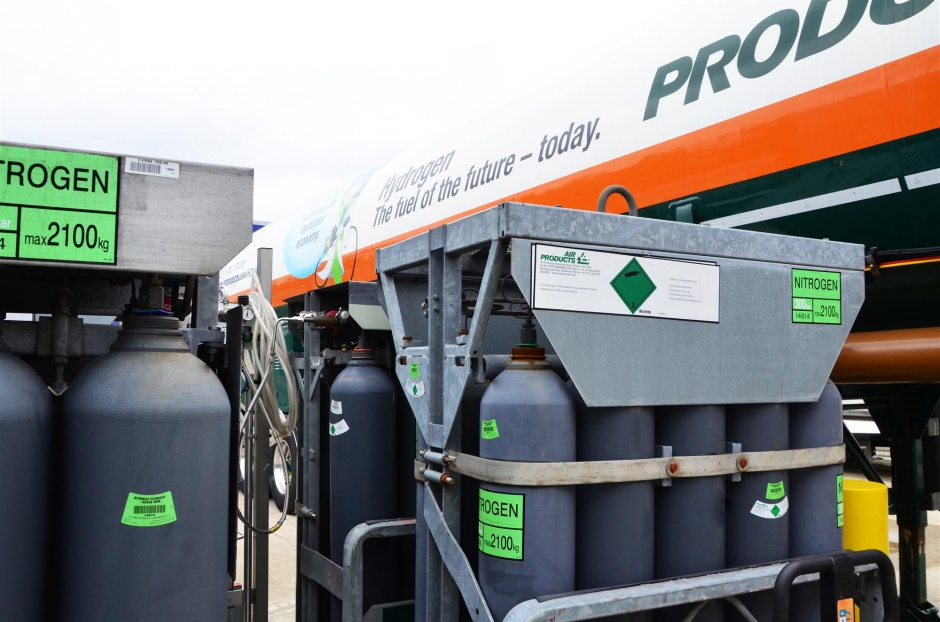 Tim Hulbert, UK and Ireland general manager of Air Products is focused on the centrality of industrial gases
Tim Hulbert, UK and Ireland general manager of Air Products is focused on the centrality of industrial gases
The industrial gases sector is difficult to categorise. It is normally grouped with the chemicals industry and, indeed, the relatively few companies that comprise the sector are members of national and regional chemical industry associations.
But chemicals is a manufacturing sector and industrial gases are, for the most part, not manufactured; they are elements or elemental molecules, and are either harvested from the atmosphere or generated through basic chemical reactions. This would place industrial gases among the primary industries, such as mining or oil and gas, but it has little in common with those.
Tim Hulbert, who runs the UK and Ireland businesses of Air Products, one of the largest and longest-established suppliers of industrial gases, admits the sector is a bit of an oddball. “However we’d categorise ourselves, the manufacturing industry in the UK, in all its variety, relies on industrial gases for its operation,” he said.
Air Products has had a UK presence since the 1950s, arriving around a decade after it was founded in Allentown, New Jersey. Its founding principle marked it out from its peers. Rather than organising around a number of large industrial plants and distributing its products from there, it started “in a way that was then untapped – generating gases at its customers’ sites,” Hulbert explained. “The company grew from that key idea into a global business that these days employs about 16,000 people and generates $8bn [£6.05bn] of revenue,” he added.
In the UK, Air Products ranks as a medium-to-large player, generating around £800m in annual revenues and employing about 1,500 people, of whom slightly over half are engineers, according to Hulbert.

The company has undergone changes in recent years. Previously known as Air Products and Chemicals, it operated some of its businesses more in line with the traditional chemicals sector, producing substances that were used, for example, in the manufacture of semiconductors and electronics. That began to change in 2014 when a new chief executive, Seifi Ghaseni — the first CEO brought in from outside rather than promoted through the ranks — decided to refocus the company on its core industrial gases business. The electronics materials sector was spun off into an independent entity called Versum, while performance chemicals was sold to German specialist Evonik, which had been growing through acquisitions of non-core performance chemicals firms since its purchase of Degussa in 2006.
As its name implies, Air Products derives most of its products from the air. Its core process is cryogenic separation: liquefying air by cooling it, then allowing it to evaporate through a distillation column so that its components separate out.
But this is not the only way the company derives products. To a great extent the process depends on the customer, and a lot of business is still done the old way, with gases generated on site for clients.
“We have the full range [of facilities] because what makes the most sense for individual customers is a function of many things,” said Hulbert. “Part of it is their volume demand, but there’s also their usage profile: the purity and pressure of the gases they need. So the smallest customer may need just a cylinder of gas, which we may deliver ourselves or via an agent. [This goes] right through to customers where delivering liquid products is the right option for them. Many of their applications may benefit from the cryogenic properties of liquid nitrogen, for example.”
In such cases, the best way to supply this demand is from a large cryogenic plant that benefits from economies of scale. “We have large plants that supply operations like BP in Hull,” said Hulbert.
Air Products’ largest single site is at Seal Sands near Billingham, on Teesside. It also has plants at Carrington, near Manchester, where it has recently invested £30m in replacing a plant built in the 1960s, to supply nitrogen, oxygen and argon to the North-west and Wales.
In volume terms, the company’s main products are nitrogen, oxygen and argon (all derived from air); hydrogen (made by steam-reforming methane); helium (from subterranean deposits in locations around the world); and carbon dioxide (often from purifying waste streams). Nitrogen has the greatest demand by far, Hulbert said, being used often as an inert gas for blanketing and purging, as well as for the cryogenic properties of the liquefied gas, which boils at -196°C.
The industrial gases sector is commonly perceived as being not technologically advanced, and being quite slow with innovation. Hulbert admits there is a kernel of truth in this.
“At the heart of a cryogenic distillation process it’s essentially no different from when it was discovered and commercialised 100 years ago.”
But the liquefaction of air is an energy-intensive process and the company is keen to improve efficiency. The cryogenic distillation R&D centre — also in Carrington — works on technologies such as the packing of the distillation column, which affects both the efficiency of separation and the purity of products.
“As recently as the 1980s, the only companies that had on-site generation — apart from the industrial gas companies themselves — were steelworks, refineries and petrochemical works,” said Hulbert. “These days you can go into pretty much any industry.”

“We generate nitrogen on site for customers who use tens of cubic metres per hour rather than thousands of tonnes per day because we’ve invested in R&D, to not just develop the way we do separation but enable us to get cost-effective solutions at smaller and smaller scales.”
Often these on-site generators do not use cryogenics but methods such as membrane separation or pressure-swing absorption [PSA], which produce a less pure product. But Air Products consults its customers to determine what purity they need and adjusts their delivery strategy accordingly.
This can result in much lower energy usage, he said. “We liquefy a gas — the air — then vaporise it to separate the components, then liquefy again for transport; we drive it around the country and it’s stored as a liquid. Sometimes our customers then vaporise it again. So we look at what purity they need and, if they don’t need cryogenic purity, we can look at a lower-energy PSA process.”
Other research strands focus on customer needs and what can be done with the products in their various forms. For example, the food industry is a major customer, using nitrogen in its liquid form for rapid freezing and as a gas in packaging to slow down product spoilage. A recent R&D effort has put those cryogenic properties to a new use.
“The bacterium Campylobacter is a subject of great concern in poultry production and processing; the Food Standards Agency is very concerned about its control,” Hulbert said. “We’ve developed a technology that uses liquid nitrogen to treat poultry carcasses as they pass through factories, such that the bacterium is removed to the point of meeting all standards. There are other ways, such as steam, but companies were finding it didn’t work well in the summer when Campylobacter levels tend to increase.
“Ours is now the only method on the market to achieve all the required standards. We did our first installation 12 months ago and we’ve spent a lot of time running it and testing it to prove it’s effective and sustainable. We’re now at varying stages on four or five other installations. That’s a typical example of how we approach R&D. It’s very much driven by customer need and is often very specific to a sub-segment’s demands.”

Another cryogenic application is in sport. Football teams such as Fulham FC have installed liquid nitrogen therapy units at their grounds for treating players’ injuries.
“We could also talk about our gas tracker, which is designed to help sites that perform welding to control the flow of the gases they use and reduce consumption,” Hulbert said. “Although they end up buying less gas, we think it’s good for our business. Our purpose is to help our customers to be more productive, and that includes meeting environmental goals.”
Elsewhere, Air Products is involved in the development of hydrogen as an automotive fuel. “Most of our activity is around dispensing hydrogen,” Hulbert said. “We have dispensing technology in use in London and, as government support allows infrastructure to develop, we’ll participate.”
CareerCV
Education
1993 MEng in Chemical Engineering, Imperial College London
Career highlights – Air Products
1995-98 Based in Czech Republic and Poland, working on packaged gases and merchant bulk business development
1998-2004 Responsible for securing on-site deals and selling applications technology in
the UK, Ireland and Scandinavia
2006 Commercial manager, Germany
2007 European pricing manager
2009 Product manager, with profit and loss responsibility across northern and central Europe
2012 General manager, generated gases
2014 Appointed to current position




JLR teams with Allye Energy on portable battery storage
This illustrates the lengths required to operate electric vehicles in some circumstances. It is just as well few electric Range Rovers will go off...